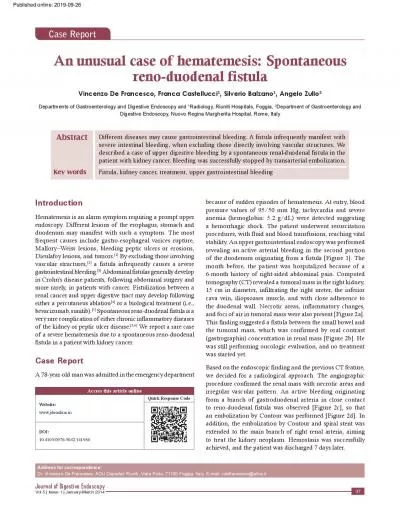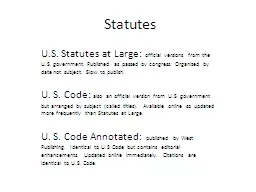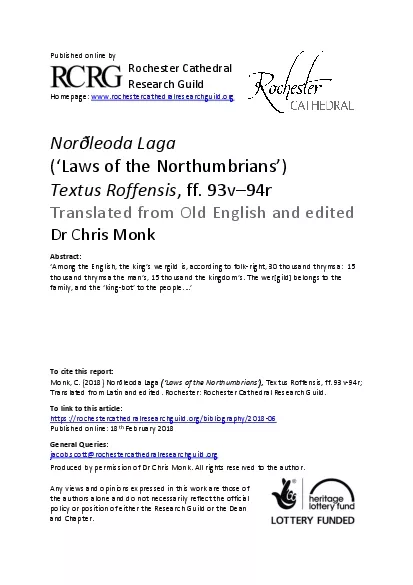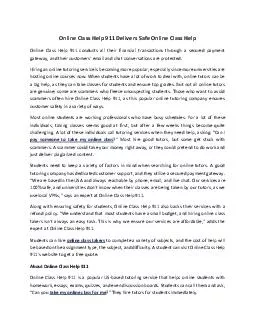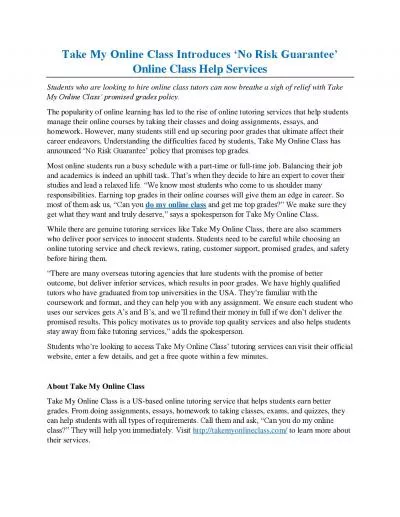PDF-Published online 20190926
Author : ariel | Published Date : 2022-10-13
37 Hematemesis is an alarm symptom requiring a prompt upper endoscopy Different lesions of the esophagus stomach and duodenum may manifest with such a symptom The
Presentation Embed Code
Download Presentation
Download Presentation The PPT/PDF document "Published online 20190926" is the property of its rightful owner. Permission is granted to download and print the materials on this website for personal, non-commercial use only, and to display it on your personal computer provided you do not modify the materials and that you retain all copyright notices contained in the materials. By downloading content from our website, you accept the terms of this agreement.
Published online 20190926: Transcript
Download Rules Of Document
"Published online 20190926"The content belongs to its owner. You may download and print it for personal use, without modification, and keep all copyright notices. By downloading, you agree to these terms.
Related Documents

